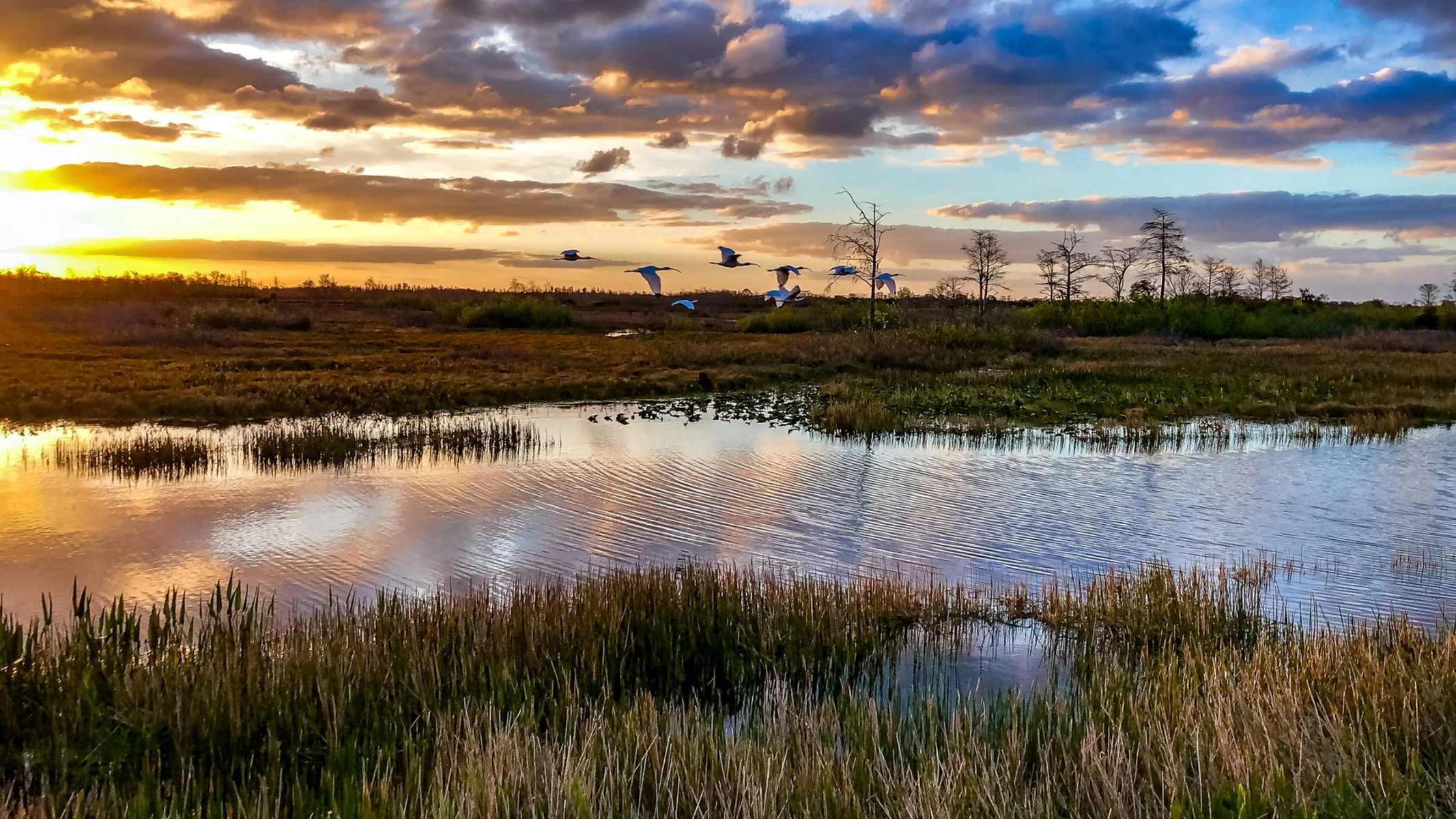Mysteries Of The Everglades: Florida’s Hidden Ecosystems

Have you ever wondered what makes the Everglades so special? This vast wetland in Florida holds secrets waiting to be uncovered. Home to unique plants, rare animals, and hidden waterways, the Everglades offers more than just a swampy landscape. Imagine gliding through mangroves, spotting alligators, or watching a roseate spoonbill take flight. Each visit reveals something new, whether it's the call of a heron or the splash of a fish. The Everglades isn't just a place; it's an experience. Ready to learn more about this natural wonder? Let's dive into the mysteries of Florida's hidden ecosystems.
Mysteries of the Everglades: Florida's Hidden Ecosystems
The Everglades, a sprawling wetland in southern Florida, is a treasure trove of biodiversity. This unique ecosystem, often called the "River of Grass," is home to a variety of plants, animals, and landscapes. Let's dive into some of the hidden gems within this vast wilderness.
Unique Flora of the Everglades
The Everglades boasts a rich tapestry of plant life, many of which are found nowhere else on Earth. These plants play a crucial role in maintaining the delicate balance of this ecosystem.
Sawgrass Prairies: Dominating the landscape, sawgrass is the backbone of the Everglades. Its sharp-edged leaves create a dense, grassy expanse that stretches as far as the eye can see.
Cypress Domes: These tree formations appear as small, rounded islands in the wetlands. The cypress trees, with their knobby knees, provide a unique habitat for various wildlife.
Mangrove Forests: Found along the coast, mangroves are vital for protecting shorelines from erosion. Their tangled roots create a safe haven for fish, birds, and other creatures.
Diverse Wildlife of the Everglades
The Everglades is a sanctuary for a wide array of animals, from the iconic American alligator to the elusive Florida panther. Each species contributes to the intricate web of life in this ecosystem.
American Alligator: These reptiles are synonymous with the Everglades. They play a key role in shaping the landscape by creating "alligator holes" that provide water for other animals during dry periods.
Florida Panther: One of the most endangered mammals in the United States, the Florida panther roams the forests and swamps of the Everglades. Conservation efforts are crucial to their survival.
Roseate Spoonbill: This striking bird, with its pink plumage and spoon-shaped bill, can be seen wading through the shallow waters in search of food.
Hidden Waterways of the Everglades
Beyond the vast prairies and forests, the Everglades is crisscrossed by a network of hidden waterways. These channels are essential for the movement of water and nutrients throughout the ecosystem.
Shark River Slough: This major waterway flows slowly through the heart of the Everglades, providing a lifeline for countless species. Its slow-moving waters are perfect for canoeing and kayaking.
Taylor Slough: A smaller but equally important waterway, Taylor Slough supports a diverse range of plant and animal life. It's a great spot for birdwatching and wildlife photography.
Tamiami Canal: While man-made, this canal has become an integral part of the Everglades' hydrology. It helps manage water levels and provides access for airboats and other recreational activities.
Rare Ecosystems within the Everglades
Within the vast expanse of the Everglades, there are smaller, rare ecosystems that add to the area's ecological richness. These unique habitats are home to specialized plants and animals.
Pine Rocklands: These upland areas are characterized by their rocky soil and pine trees. They support a variety of rare plants and animals, including the endangered Key deer.
Hardwood Hammocks: These dense, elevated forests are home to a mix of tropical and temperate plant species. They provide crucial habitat for many birds and mammals.
Coastal Prairies: Found near the Gulf of Mexico, these prairies are shaped by saltwater and freshwater influences. They support a unique mix of salt-tolerant plants and provide nesting grounds for shorebirds.
Discovering the Everglades' Secrets
Exploring the Everglades reveals a world full of unique ecosystems and wildlife. From the sawgrass marshes to the mangrove forests, each area offers something special. The diverse habitats support countless species, making it a vital part of Florida's natural heritage. Visiting the Everglades not only provides an adventure but also helps raise awareness about the importance of preserving these delicate environments. Whether you're kayaking through the mangroves or hiking the trails, every moment spent here is a step towards understanding and protecting this incredible region. So, pack your bags, grab your camera, and get ready to uncover the mysteries of the Everglades.

